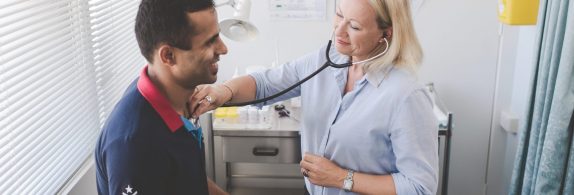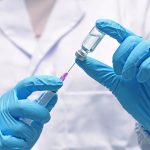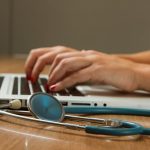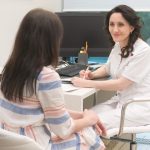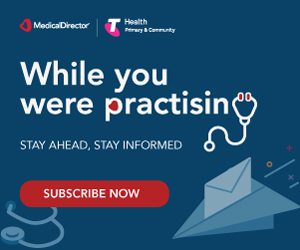A day in the life of a GP
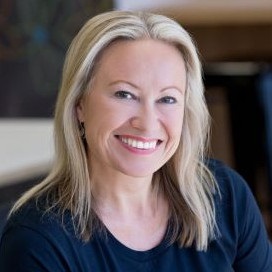
By Dr Charlotte Middleton, practising integrative GP and Chief Medical Officer at MedicalDirector
My days as a GP can be incredibly diverse and while each day is never quite the same, a typical day might look something like this.
I arrive at the clinic at 8.15am. I check my inbox and discuss the day ahead with reception as we often need to move, change or fit patients in.
Before I see my first patient at 8.45am I ring patients with results, complete an insurance form and finish some specialist referrals.
My morning is filled with a range of issues. I see patients with a suspected UTI, breast lump that needs an urgent scan, anxiety in a middle aged man, depression in a teenage girl and numerous immunisation needs.
I see a person in their 40s with stress and overwhelm at work, which I’m seeing more and more of these days.
I tell a long-term patient they likely have bowel cancer and arrange an urgent surgical review.
I have two patients with COVID infections who are eligible for antivirals to fit into my day. These are not quick consultations, reviewing their clinical status and making sure they are aware of red flag symptoms that might necessitate a trip to hospital.
I do a blood pressure check with resultant medication adjustment, insert a cannula and oversee an iron infusion, see a patient with an ear infection and another for an overdue cervical smear.
Lunch is usually at my desk, catching up on my morning notes and/or phone calls to patients or other health practitioners.
My afternoons are just as busy, memory loss in an elderly patient, anorexia in an adolescent, patients with depression and anxiety, a patient with gastroenteritis needing a medical certificate, an enquiry about a COVID-19 vaccination exemption, a painful knee, an unexpected pregnancy, weight loss counselling, smoking cessation counselling and a young autistic boy struggling at school.
I finish my day seeing a new mum with breastfeeding issues who needs extensive counselling for what is also likely post-natal depression.
What people often don’t realise, is that each appointment isn’t just about the presenting complaint. Recent results and consults need to be checked, as do reminders and recalls needing to be actioned. With most appointments only allocated 15 minutes, it’s almost always never enough, and so the stress of almost always running late hangs over you.
Most days there will also be anywhere up to 20 messages or phone calls from reception with patient enquires. A good number of these need to be fitted in for urgent concerns. On my busiest days I can do up to 12 hours in the clinic, then go home to complete more administrative work.
General practice is in equal measure frustrating, tiring and stressful and enjoyable, rewarding and satisfying. But I really do love what I do, and feel extremely blessed to be able to make a difference in the lives of my patients and their families. And I know most of my colleagues also feel like this. However, it really is hard and exhausting work and COVID has been a tipping point for many of my colleagues and other health professionals, in more ways than one.
Demand for GP services is projected to increase by 38% by 2032, and 47% in Australian cities. During the same period the supply of GPs will decrease by 15% in cities and 4% overall. That’s a shortfall of 11,392 GPs by 2032¹.
What can really help GPs and practice staff to navigate their rewarding yet challenging work is access to good software and technology.
This makes a huge difference to my efficiency and workflow. Throughout the day I transition between telehealth and face-to-face consults, improving accessibility for my patients. Telehealth also enables me to work from home one morning a week allowing a bit more work life balance.
Other features I rely heavily on are up-to-date drug alerts, automatic patient messaging for overdue reminders and recalls, and more recently access to the Australian Immunisation Register and National Cancer Screening Register. Pathology favourites, easy to complete care plans and a specialist referral directory also help. E-scripts have been a game changer and the ability to email (password protected) documents directly from the software to the patient has made a big difference. Online appointment bookings and automated billing also help the clinic’s administration staff.
Future functionality such as patient apps, billing optimisation, web-based ordering systems, automatic prompts for preventive care, the ability to see private health insurance programs and increased visibility of gap versus no gap specialists, are all going to continue to improve moments of care for doctors and patients alike.
Each day in the life of a doctor is never the same, and while working in general practice is especially challenging at present, I think the ongoing acceleration in digital health and technology equally makes it an exciting time to be working in medicine.
¹https://www2.deloitte.com/content/dam/Deloitte/au/Documents/Economics/deloitte-au-cornerstone-health-gp-workforce-06052022.pdf

